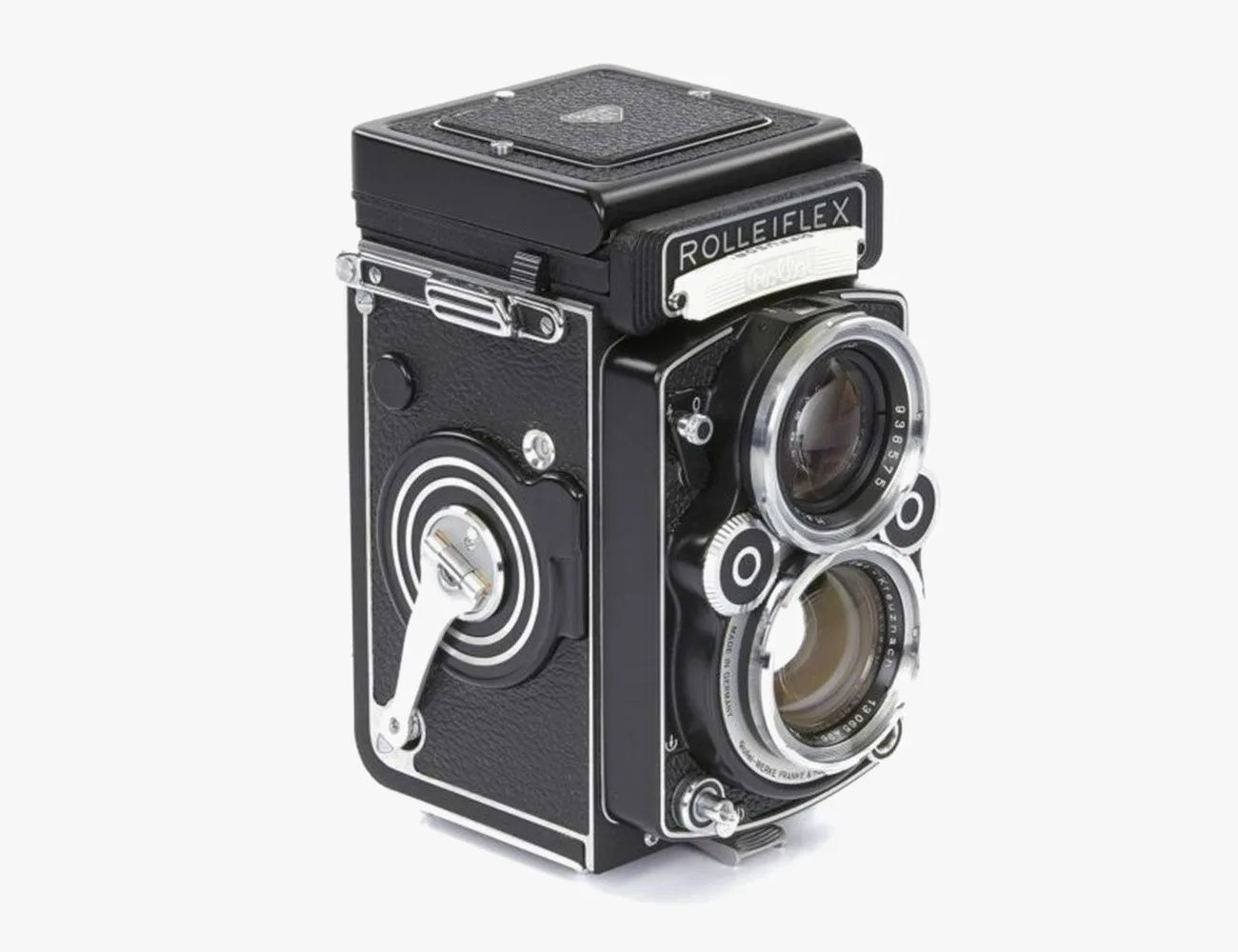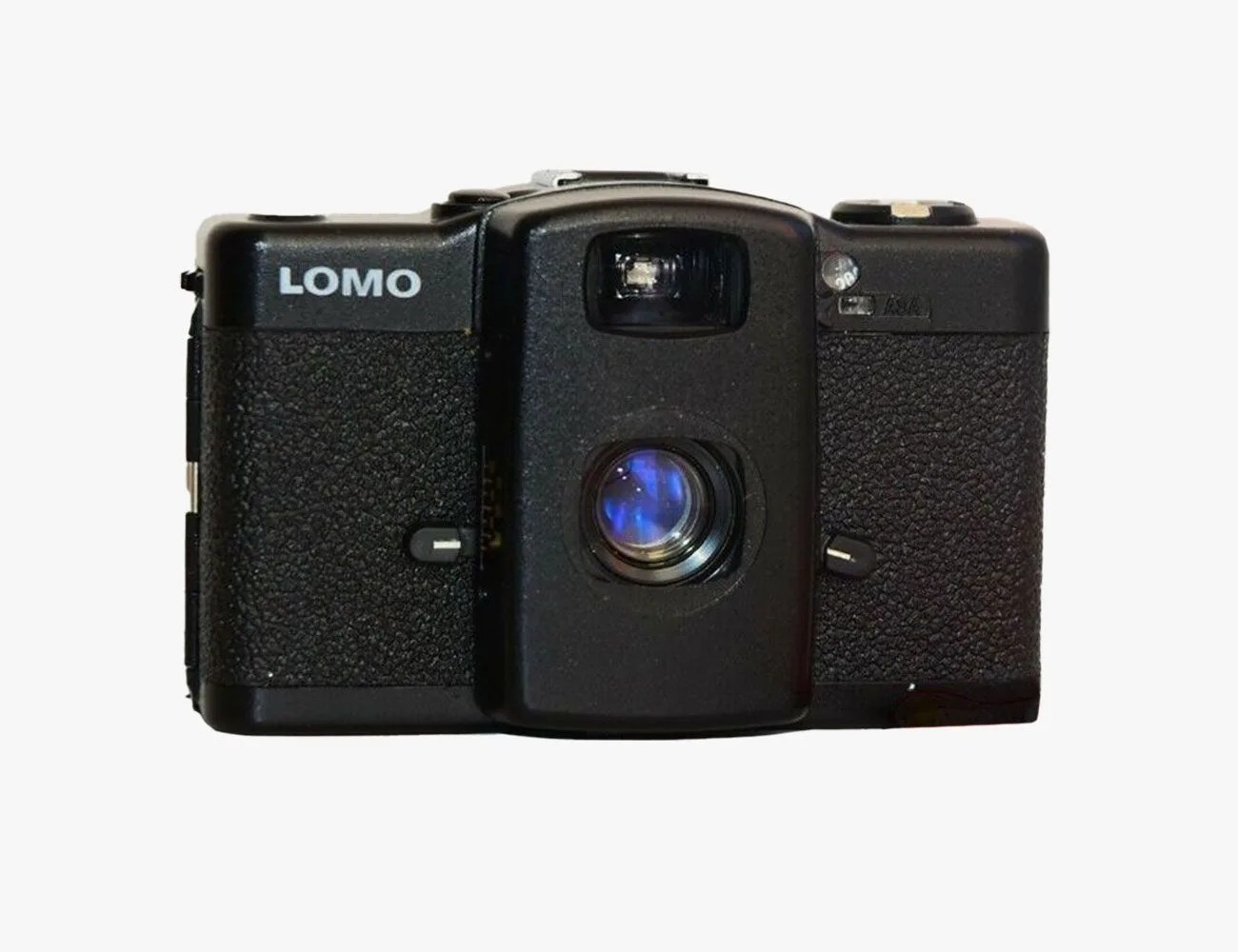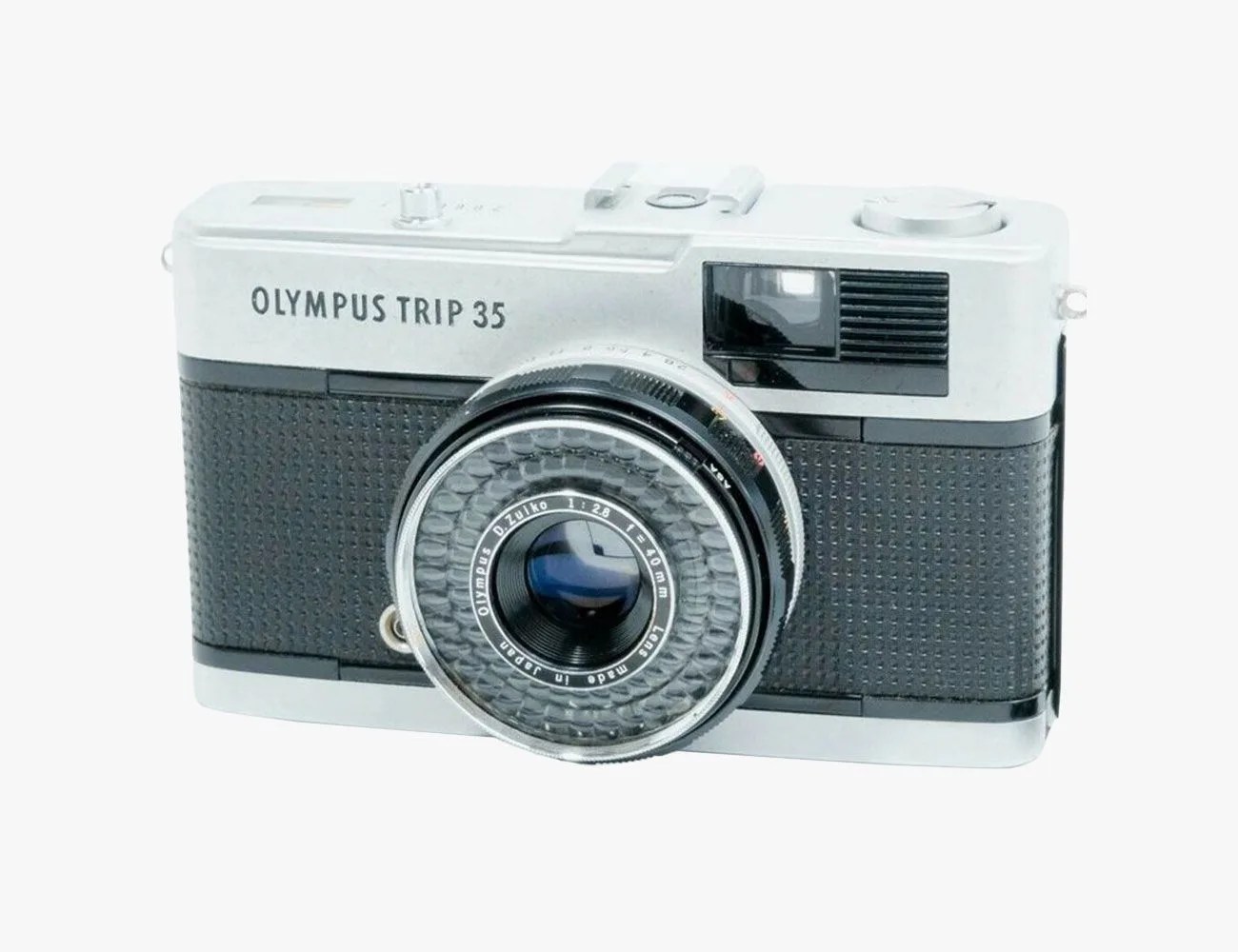Canon, Leica, Nikon, Sony. Anyone who’s spent time behind the lens is familiar with the modern juggernauts of photography. But decades ago, in the heyday of film, the field was much different. Here, we take a trip down memory lane with the brands that haven’t made it to the present day in anything close to their original form, but are still worth remembering (and even buying from) today.
Rollei
 eBay
eBayRolleiflex TLR
Founded in 1920 in Germany, Rollei hit the scene with an unusual first camera, the triple-lensed stereo Hedioscop, in 1921. In 1928, Rollei introduced the very first twin-lens reflex roll-film camera, the Rolleiflex, birthing an entire new species of camera still prized by collectors today for its all-in-one format that makes it a (fairly) affordable entry to the world big, beautiful 6×6 centimeter medium format negatives. In 1966, Rollei introduced the Rollei 35 which is, to this day, one of the smallest fully-manual 35mm cameras ever made. Despite changing hands several times and moving production from Germany to Singapore, Rollei continued producing film cameras well into the new millennium. In 2014, its then-parent company DHW Fototechnik became insolvent, and sold off the Rollei name.
Yashica
 eBay
eBayYashica T4
This Japanese brand, founded in 1945, cut its teeth producing parts for electronics companies and clock makers before launching its first self-made camera in 1953: the medium-format Pigeonflex TLR. Yashica’s adventures in medium format cameras culminated with the Yashica-Mat 124g, in production up to the 1970s, still sought after for its great value compared to competing cameras like the Rollieflex TLR which can go for twice as much. In 1973, Yashica began producing cameras under the “Contax” name, licensed to it by Carl Zeiss. In 1984, Yashica was acquired in full by Kyocera, which eventually spun down camera production in 2005. The Yashica name has since been sold to a Hong Kong-based branding company, but the contemporary (and horrific) modern-day products that bear the name have no relation to the stalwart brand that used to be.






